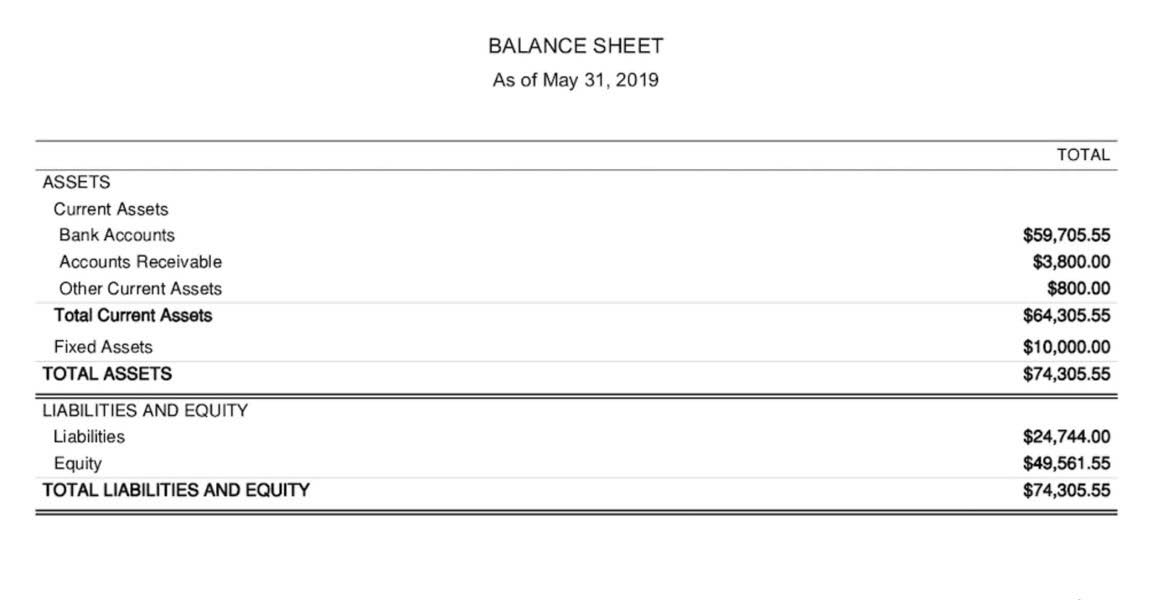The 6 Best Small Business Payment Options

The overall APR, typically 15-35%, is high compared to that of banks or online term lenders. It’s also much better compared to expensive merchant cash advances. Therefore, it’s a good solution if you have receivables but haven’t built up your credit history enough to get a credit line from a bank.

Juni: Accounts payable (and much more) for ecommerce brands
The price of expense management software varies depending on the size of your business and what industry you operate in, as this will impact which platform you choose. Prices range from as low as £7 per month to almost £100, and some spend management systems also offer free plans to certain users. While it’s not specifically expense management software, you can use the platform for your spend management needs.
Difference between invoice financing and invoice factoring:
- Lenders routinely charge around 1% per week, but actual costs vary wildly.
- Clear can also help you in getting your business registered for Goods & Services Tax Law.
- This is especially helpful for companies facing unforeseen expenses.
- It’s only natural that you’ll want to defend it when it is threatened by something such as invoice fraud.
- The collateral used for invoice lending is most often the open accounts receivable used to secure funding.
- Our partners cannot pay us to guarantee favorable reviews of their products or services.
For example, someone who doesn’t have a credit card might use PayPal instead. Discounting, on the other hand, allows businesses to retain control over the collection process while using the invoices as collateral for the debt. The financing company advances a percentage of the invoice value upfront and charges interest.
Invoice Financing: Get Paid Now for Your Accounts Receivable
- The next type of invoice financing you can receive is what’s known as a line of credit.
- You might have to pay processing fees, draw fees, maintenance fees, or bank wire fees.
- You will be paying much higher rates for invoice financing than you would for traditional business loans.
- You’ll then need to pay a weekly percentage based on how long you take to pay.
The benefit of an accounts receivable line of credit is that you can withdraw smaller amounts of money, which would lower the amount of interest you are charged. Invoice financing is sometimes used as an umbrella term for financing secured by customer invoices as well for factoring. However, technically it refers to a loan (usually a short-term loan) secured by accounts receivable.
- Venmo is another app-based payment service that lets users transfer money fast.
- Invoice financing in India can be beneficial for small businesses.
- We’ll break down the definition and give you a detailed guide on how it works, and what the pros and cons are for small businesses.
- Once the customers pay the invoices, the factor releases the remaining balance to the business, minus a fee or discount rate.
To qualify for invoice financing, you should have creditworthy customers who have a history of paying on time. In general, the creditworthiness and reputation of your customers will play a larger role in the underwriting process, making it easier to qualify for invoice financing over other business loan options. Square is a good choice if you’re looking for a complete payment solution.
How to choose a spend management software
In addition, work with teams to implement and follow policies and procedures, including those focused on vendor onboarding and management. These should feature regular audits and reviews where the performance of each vendor is reviewed, and issues and discrepancies are addressed. Teams should also work to strengthen internal controls by segregating duties and following approval workflows for invoice authorization. Intuit offers QuickBooks Payments alongside its other QuickBooks programs. This makes QuickBooks Payments particularly great for small businesses and freelancers.
SME invoice financing is one of the non-banking funding sources which are filling the need for capital for smaller businesses or new businesses without a long track record. This can make invoice financing for invoice financing small businesses an attractive option. However, one of the downsides of invoice financing and using the services of invoice financing companies is that you’ll lose a percentage of your turnover every month.
Invoice Financing VS Invoice Factoring: What’s The Difference?
Your customers will directly pay their invoices to the lender you’re working with. This arrangement may vary, so be sure to check in with your lender. These types of arrangements are particularly well suited to industries where long payment terms and late payments are the norm.
- Instead of selling invoices outright to a financing company, the business borrows against the value of its unpaid invoices, using them as collateral to secure a loan.
- Unlike an outsider, employees are far more familiar with the company’s inner workings, including key processes like the B2B payment approval flow and the financial systems used (ERP, vendor databases, etc.).
- When these relationships aren’t checked regularly, vendors can take advantage and begin overcharging.
- Subscription models offer many benefits, but they also introduce new challenges, especially for companies that lack an invoice verification process and fail to compare expense sheets to expected costs.
- Looking ahead and exploring comprehensive strategies for cash flow optimisation will help you build a resilient and thriving business.
- And these days, companies are taking longer than ever to do just that.
- It’s important to remember, however, that invoice financing can be expensive, especially when your customers are late to pay.
The borrower is responsible for collecting invoice payment from customers, and once payment is collected, the borrower will pay back the lender. Invoice financing can be structured in a number of ways, most commonly via factoring or discounting. With invoice factoring, the company sells its outstanding invoices https://www.bookstime.com/ to a lender, who might pay the company 70% to 85% up front of what the invoices are ultimately worth. Assuming the lender receives full payment for the invoices, it will then remit the remaining 15% to 30% of the invoice amounts to the business, and the business will pay interest and/or fees for the service.
